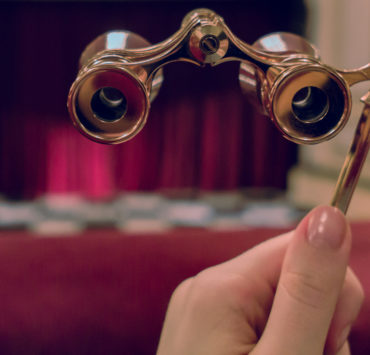Women CEOs in History

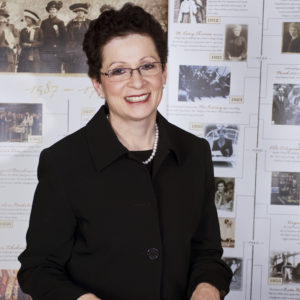
Jill S. Tietjen, PE, is an author, national speaker, and…
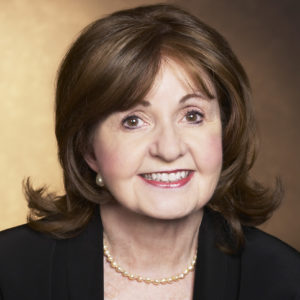
Charlotte S. Waisman, Ph.D. is a national champion and advocate…
During September 2020, two significant announcements occurred in the business world. Citigroup announced that Jane Fraser would become its CEO in February 2021. She is the first woman to lead a major financial institution in the U.S. Berkshire Hathaway announced that Kathryn Farmer was the new CEO of BNSF Railway. Farmer becomes the first female CEO of a major railway in North American. Fraser and Farmer stand on the shoulders of the women business leaders who paved the way for them. Let’s learn about some of those pioneer women CEOs.

An Irish immigrant to the U.S. who settled in New Orleans, Margaret Haughery tragically lost her husband and young daughter to yellow fever and cholera. Understanding the plight of widowhood as well as being an orphan, Haughery parlayed her skills as a laundress into philanthropy for widows and orphans. Known by various titles including “The Bread Woman of New Orleans” and the “Mother of Orphans”, she began her philanthropic efforts by supporting the work of the Sisters of Charity. Eventually, she went to work for them, finding food to support the orphans for whom they were providing shelter, food, and education. She bought two cows to provide the orphans with milk and she sold the surplus around the city. She soon had a dairy and a very successful business. She used the proceeds to finance the Female Orphan Asylum of the Sisters of Charity. An astute businesswoman, Haughery loaned money to a baker poised on the brink of bankruptcy and eventually ran the bakery herself. It became the first steam bakery in the south. In 1884, two years after her death, she was commemorated with a statue in New Orleans; the area where it was erected is called Margaret Place.
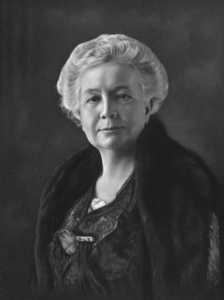
In 1889, upon the death of her husband and with five children to raise, Anna Bissell became the first female CEO in the U.S. Melville Bissell had invented a special carpet sweeper in 1876, at Anna’s urging, to clean sawdust off the carpet on the floor of their crockery shop in Grand Rapids, Michigan. Anna was a full partner with her husband and an enthusiastic proponent of the sweeper; she convinced one of America’s first department stores to carry the sweeper. It was said of her that she “studied business the way other women of her time studied French.” After her husband’s death, she moved the company into the international market. Queen Victoria allegedly insisted that the palace be “Bisselled” every week. Bissell also introduced progressive labor policies and benefit packages – including workmen’s compensation and pension plans – long before these became standard in American businesses. A generous philanthropist, Bissell was active in women’s organizations and was for a long time the only female member of the National Hardware Men’s Association. The company whose survival she ensured is in business today.
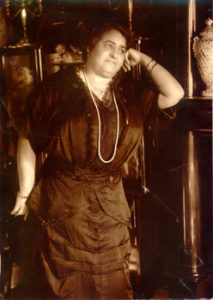
The first African-American woman to found a bank, Maggie Lena Walker was born in Richmond, Virginia to a former slave. Educated in the public schools, she taught until her marriage. From that time, she was very active in the Order of St. Luke, a fraternal burial society that promoted humanitarian causes as well as self-help and integrity. Through her work in the order, she founded a newspaper and established a bank. In 1903, the St. Luke Penny Savings Bank was established with Walker as its president. She faced fierce opposition; most white banks would not lend to blacks and even state banking commissioners were not helpful. She focused on providing avenues for black women to achieve economic independence. She said, “Let us put our moneys together; let us use our moneys; let us put our money out . . . and reap the benefit ourselves. Let us have a bank that will take the nickels and turn them into dollars.” Later, she served as Chairman of the Board after her bank merged with two others to form Consolidated Bank and Trust. The successor bank thrived and continued in operation until 2009 when it was acquired.
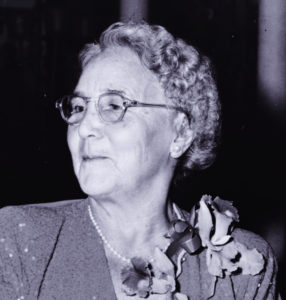
In 1904, dressmaker and seamstress Lena Bryant Malsin’s name was misspelled as “Lane” on her bank loan application. Thus, Lane Bryant was born. She wanted money to open a retail clothing store in New York City that would sell clothing reflecting her novel idea: commercially manufactured maternity clothes! Newspapers were unwilling to carry advertisements for maternity clothes, as the newspapers considered them lewd, so Bryant set up a mail order catalog business. Women customers also liked the idea of catalog purchases as it afforded them privacy; no one knew what they bought. By 1950, the Lane Bryant Company was the sixth largest mail order catalog in the U.S. A retail genius, Bryant then observed the dearth of clothing for what at the time were called “stout” women. Bryant measured 4,500 women who came into her store and gathered data on 200,000 others. With this information, she determined that there were three general body styles of so-called stout women and she designed clothing for each of these types. Today, the Lane Bryant chain of stores is a leader in the fashion industry for the population segment now called full-figured women. Bryant was a philanthropist as well as an entrepreneur and retail giant. She worked with the Red Cross after disasters and gathered clothing for displaced persons after World War II. Bryant was one of the first in her industry to offer employees benefits including profit sharing, pension, disability insurance, as well as life and health insurance.
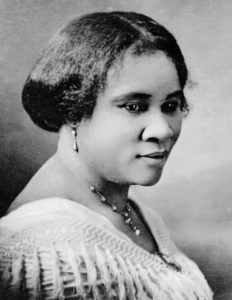
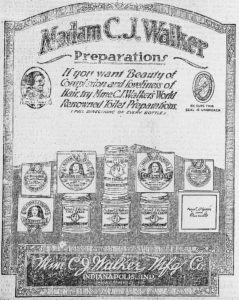 The first self-made female millionaire in the U.S., began developing her own hair care products after suffering scalp and skin disorders associated with the harsh products available for African-American women in her day. In 1905, Walker moved to Denver where she sold her products door-to-door; she also taught other women how to groom and style their hair. Her business expanded and she eventually settled in Indianapolis where she established her headquarters, laboratory and research center. She trained other women in her “Walker System” and they sold her hair care and skin care products. By 1917, the company claimed to have trained 20,000 women. She also trained the women on how to budget, build their own businesses and become economically self-sufficient, a model that Mary Kay Ash would later adopt. Walker has been featured on a U.S. postage stamp and inducted into the National Women’s Hall of Fame.
The first self-made female millionaire in the U.S., began developing her own hair care products after suffering scalp and skin disorders associated with the harsh products available for African-American women in her day. In 1905, Walker moved to Denver where she sold her products door-to-door; she also taught other women how to groom and style their hair. Her business expanded and she eventually settled in Indianapolis where she established her headquarters, laboratory and research center. She trained other women in her “Walker System” and they sold her hair care and skin care products. By 1917, the company claimed to have trained 20,000 women. She also trained the women on how to budget, build their own businesses and become economically self-sufficient, a model that Mary Kay Ash would later adopt. Walker has been featured on a U.S. postage stamp and inducted into the National Women’s Hall of Fame.
Women participate and contribute to every area of our lives. These businesswomen, as well as many others, almost all of whom we have not heard about nor learned about in school, are profiled in our book, Her Story: A Timeline of the Women Who Changed America. Help us by continuing to tell women’s stories; write women back into history! Tell young women especially, that their dreams in any field of endeavor or interest, can become a reality.
Author: Jill Tietjen
Jill S. Tietjen, PE, is an author, national speaker, and an electrical engineer. After 40 years in the electric utility industry, her professional focus is now on women’s advocacy, worldwide. She blogs for The Huffington Post, speaks nationally on the accomplishments of women, nominates women for awards, and continues to write books (8 published to date), following in the footsteps of her bestselling and award-winning book, Her Story: A Timeline of the Women Who Changed America (written with Charlotte Waisman). She is a frequent keynote speaker as her positive energy and her ability to relate to the audience result in inspired and energized listeners. The recipient of many awards, her induction into the Colorado Women’s Hall of Fame in 2010 remains one of her most treasured.

Jill S. Tietjen, PE, is an author, national speaker, and an electrical engineer. After 40 years in the electric utility industry, her professional focus is now on women’s advocacy, worldwide. She blogs for The Huffington Post, speaks nationally on the accomplishments of women, nominates women for awards, and continues to write books (8 published to date), following in the footsteps of her bestselling and award-winning book, Her Story: A Timeline of the Women Who Changed America (written with Charlotte Waisman). She is a frequent keynote speaker as her positive energy and her ability to relate to the audience result in inspired and energized listeners. The recipient of many awards, her induction into the Colorado Women’s Hall of Fame in 2010 remains one of her most treasured.

Charlotte S. Waisman, Ph.D. is a national champion and advocate for women as a professor and keynote speaker. A corporate leader, executive coach, and facilitator, she conducts leadership workshops nationally.



